How to sell a used bike: Don't leave it in the shed, sell it to generate cash or fund the next one
A guide on the various ways to sell a used bike if you’re looking to upgrade or just want to generate a little cash
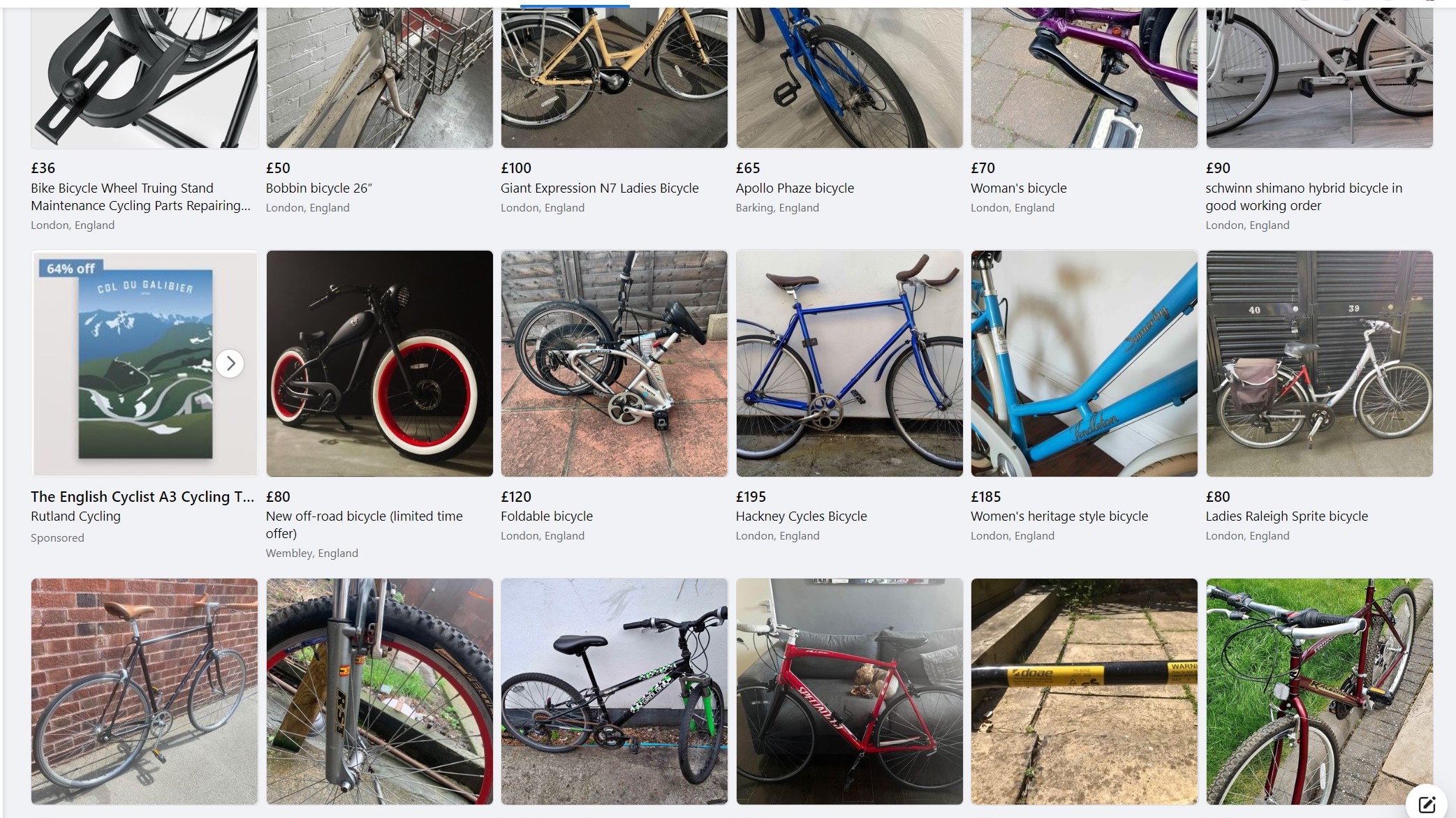
If you’re wondering how to sell a used bike, there are plenty of options both online and otherwise. Maybe you’re looking to upgrade to a newer, higher spec machine or you just want to generate a little extra cash from a bike that’s rarely used or make some more garage space.
As the flip side of how to buy a used bike, selling one creates a mirror image of many of the same issues. There’s more in that post on what buyers should be asking about a used bike, so it’s worthwhile making sure that any online listing you create has these covered. You also need some decent photos, and most important of all, you’ll want to make sure that you actually get paid - there’s more on this lower down.
To get the best price for your used bike you’ll want to have it in good condition before you start to advertise - if your bike looks grotty in photos it’s very easy for a potential buyer to swipe left and go elsewhere, not risking their time meeting to see it. Some basic clean-up and maintenance tips are a good starting point to help you along, so check out our bike maintenance tips.
What’s it worth?
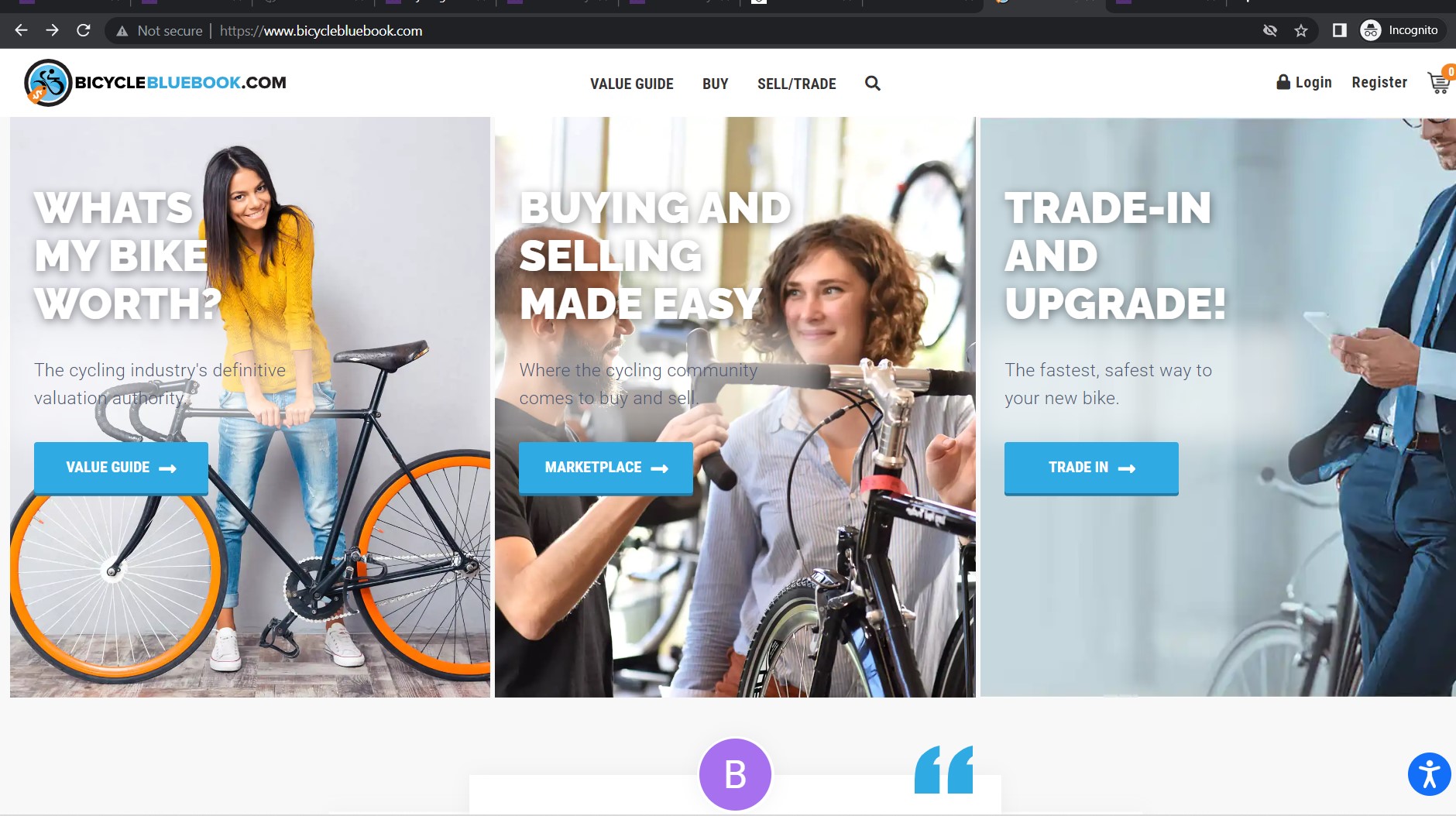
In general, new bikes drop in value quickly - most riders want a shiny new one with the latest tech, but as time goes on, that depreciation steadies. To know what to price your bike at when trying to sell, it's worth thinking about who your market for your used bike is, as well as searching for the same model on the various potential sale websites, to check what other people are selling similar machines for.
If it’s a five-year-old Specialized Roubaix that you’ve ridden regularly and is in okay condition, you’ll probably be able to shift it reasonably easily locally using some fairly generic resources, but don’t expect to generate much cash from it.
If, on the other hand, it’s a top-spec bike that you’ve kept for best and only ridden 500 miles, you’ll likely find a wider audience and get a better price by selling it via a more specialist site, although your transaction costs may be higher.
Warning: If you wildly overestimate the value of your bike, you run the risk of ending up being publicly ridiculed on Instagram by @your_allez_is_overpriced.
Get The Leadout Newsletter
The latest race content, interviews, features, reviews and expert buying guides, direct to your inbox!
Here’s a rundown of potential sales outlets to get you going:
eBay
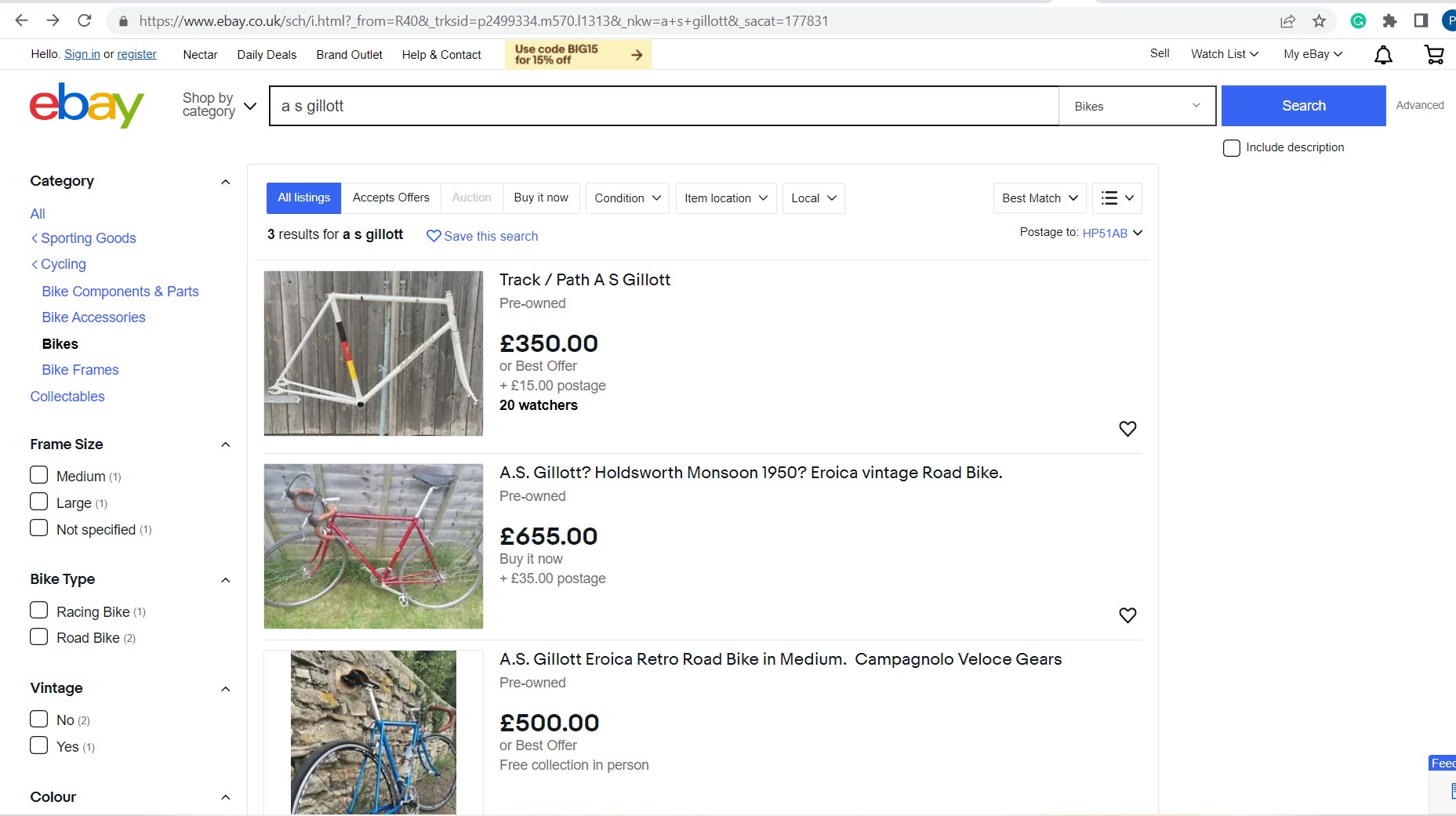
eBay gives you a lot of coverage for your post. You can either fix a price or put your old bike up for auction, there’s some protection for the seller and the site will act as an intermediary for the transaction, offering a degree of certainty that you’ll get paid. Anyone searching for a specific bike model on Google is likely to be directed to eBay first too, given the size of the site.
On the other hand, there is always a lot of competition if your bike isn’t unique, so the price you’ll get may be driven down by what other people are asking for similar bikes. You might also need to organise shipping to a purchaser who is distant from you.
There’s a final value fee to pay - currently 12.8 per cent of the sale price up to £2,500 and 3 per cent on the slice over that - as well as a small listing fee, so the site will take a sizeable chunk of your sale price. If you auction your bike, you may not get the price you’d hoped for either.
Pros: Wide access to potential purchasers, reasonable payment security
Cons: May need to arrange shipment, need to match competing prices for similar models, high commission fees, auction may not realise the best price
Facebook Marketplace/Gumtree/Craigslist
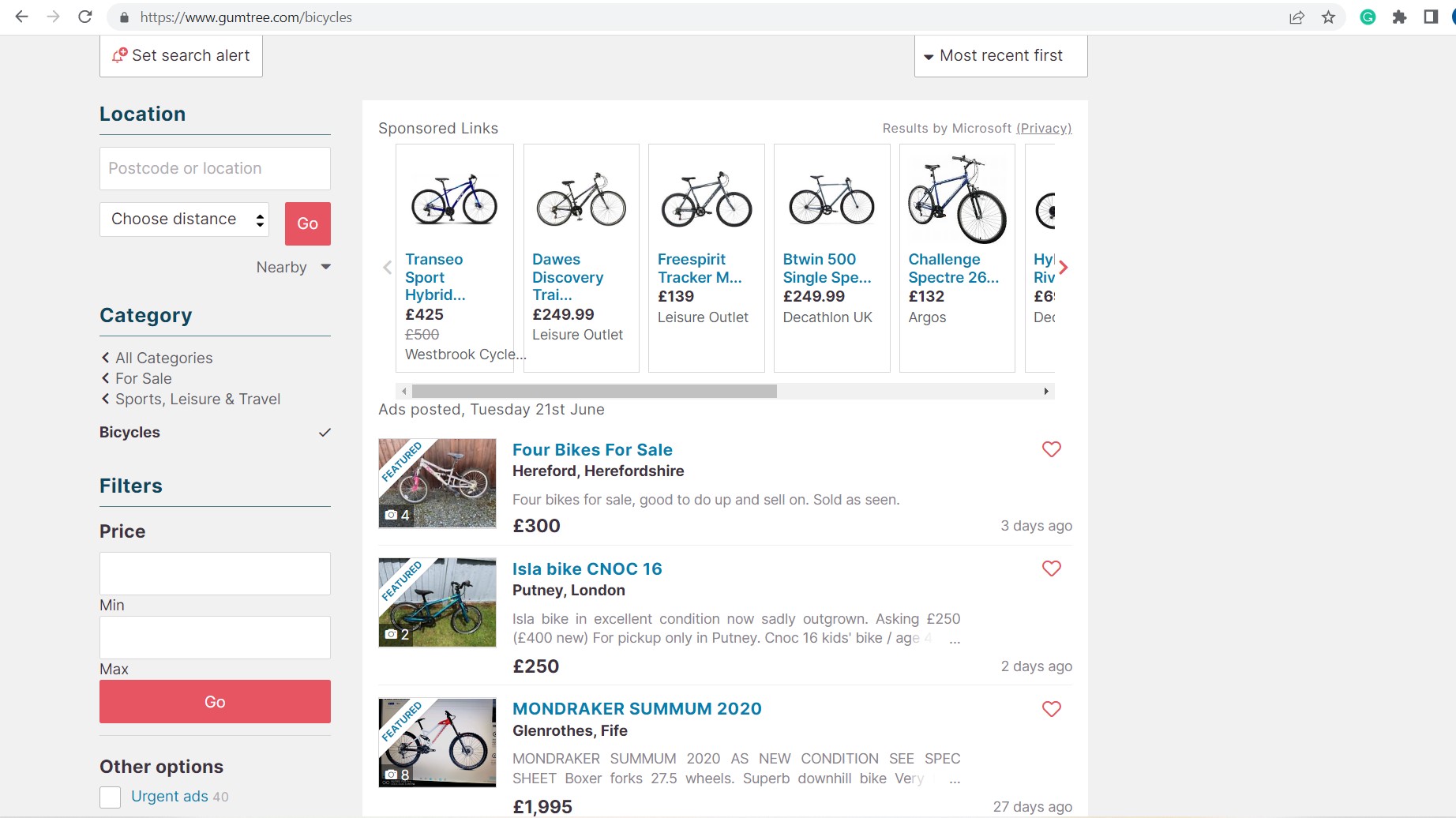
Facebook Marketplace, Craigslist, Gumtree and other similar online marketplaces provide potentially free listing of items to sell, although you’ll get better positioning if you pay to promote your ad (for which, the price is often variable and uncertain).
Facebook Marketplace and Craigslist are potentially worldwide, whereas Gumtree is UK-only. But the potential audience is likely to be lower than with eBay with most transactions being fairly local. You’ll also need to fix a price, which may incline you to pitch it lower than you’d realise via an auction on eBay.
Unlike eBay, there’s no intermediation service, so you need to make your own arrangements to ensure that you get paid and are open to the same risk of fraud as with other person-to-person payment methods.
Pros: Potentially free, lower transaction cost than eBay, no time pressure
Cons: No intermediation, may need to arrange carriage, smaller potential audience than eBay, need to fix a price
Cycling-specific marketplaces
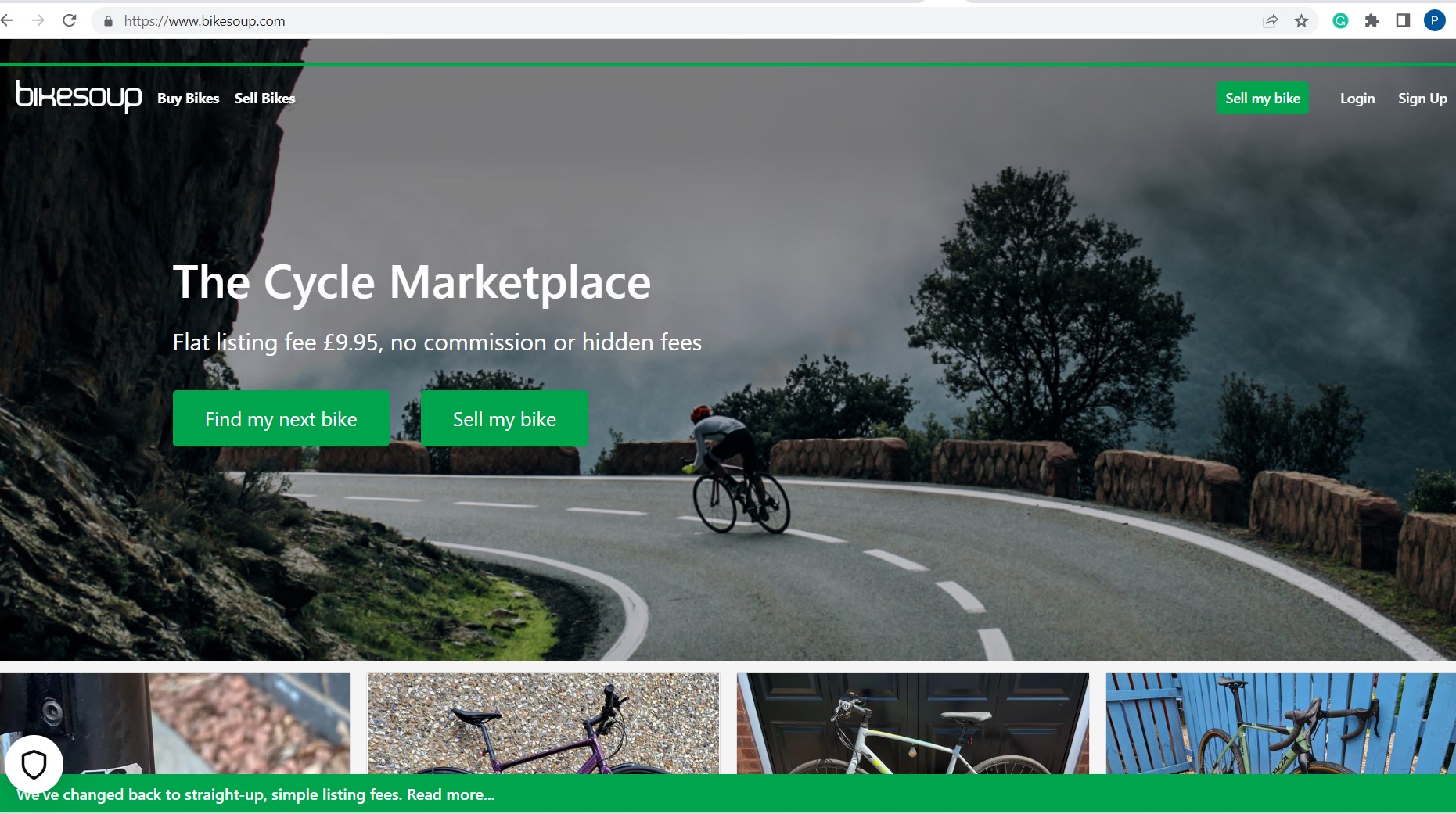
For a higher spec or more niche bike, selling via an online marketplace or specialist site like Geartrade or Bicycle Blue Book (which operates a similar model to The Pro's Closet, see below) in the US or Bikesoup Bike-Room or Bikeslice in the UK is an option worth considering. They’ll attract buyers who are likely to have a greater knowledge of bikes and know what they’re looking for. Bikesoup also offers a flat fee of £9.95 for a sale, so its overhead is modest.
On the other hand, like other online marketplaces these sites usually don’t offer any transaction mediation service, so you’re going to have to validate the potential buyer yourself and ensure that you actually get paid.
Pros: Clued-in audience, low transaction fees
Cons: Need to authenticate the buyer yourself
Part-exchange
If you plan to buy your replacement bike from a bike shop, it’s possible that you’ll be able to arrange for them to take your old bike in part exchange. How attractive a price you’ll get will depend on how motivated the shop is to sell you your replacement bike. Often bike shops major in selling new bikes, so they may regard selling your old machine as a bit of a hassle.
Other bike shops have a more healthy line of used bikes, so they may be more interested in a part-exchange. It’s worth asking a couple of shops to see what their position is and what they’ll offer you for your old bike.
Buying and selling in one transaction has the advantage that you’re cutting down on the hassle, you know what price you’re getting and you’re not going to have to store a second bike or go bikeless until your new bike arrives, but you’ll probably not realise the best price for your old bike.
Pros: Low hassle transaction, known sale price
Cons: Likely to realise lower price than selling without an associated purchase
The Pro’s Closet
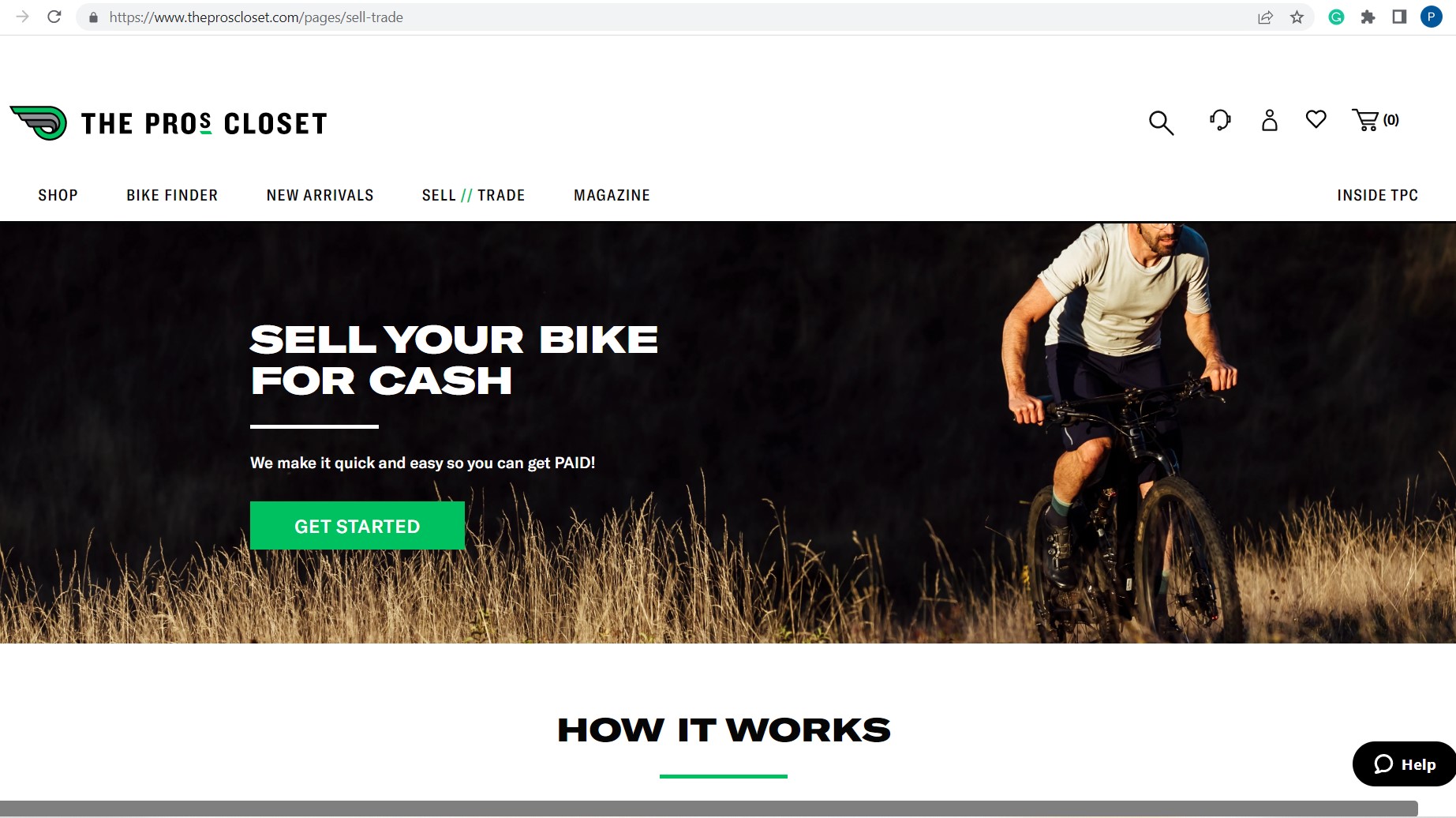
In the US, the Pro’s Closet acts as a marketplace for used bikes and will buy your bike as well as selling you a replacement. To sell a used bike to The Pro’s Closet, you need to submit two shots and details of your bike and they’ll get back to you with an offer within 24 hours. You can sell just a frame or wheels too.
Accept the offer and The Pro’s Closet will send you a prepaid label to ship your bike to them. You can then get either cash or a store credit for a new bike.
Like a part-exchange, there’s the advantage of a fixed price paid and no haggling with a potential buyer, but on the downside you may not get as good a price, reflecting The Pro’s Closet’s margin and transaction costs. The Pro’s Closet is only interested in higher-spec bikes in good condition too.
Pros: Known sale price, easy transaction, cash or credit to buy a replacement
Cons: Realised price may be lower than a do-it-yourself sale, the bike has to be in tip-top condition, US only
Seller beware
Just like buying a used bike, you need to be careful about handling the actual transaction if it’s with an unknown buyer. Our advice is not to arrange to meet a potential buyer in a remote location, and be careful about letting them test ride it out of sight in case the rider and bike disappear around the corner, never to return.
If you’re not selling for cash, you’ll need a secure payment method. Bank transfers and PayPal are a pretty safe option as they are instantaneous and can be arranged via a computer or smartphone, but cheques can bounce or be stopped and take several days to clear. Likewise, a fraudster can potentially fake a phone message or text saying that you’ve received your funds, so be vigilant.
Particularly if you’ve got valuable bikes, it’s a good idea not to sell from home or give your address either, in case a thief answers your advertisement in a bid to scout out potential targets.
Paul has been on two wheels since he was in his teens and he's spent much of the time since writing about bikes and the associated tech. He's a road cyclist at heart but his adventurous curiosity means Paul has been riding gravel since well before it was cool, adapting his cyclo-cross bike to ride all-day off-road epics and putting road kit to the ultimate test along the way. Paul has contributed to Cyclingnews' tech coverage for a few years, helping to maintain the freshness of our buying guides and deals content, as well as writing a number of our voucher code pages.